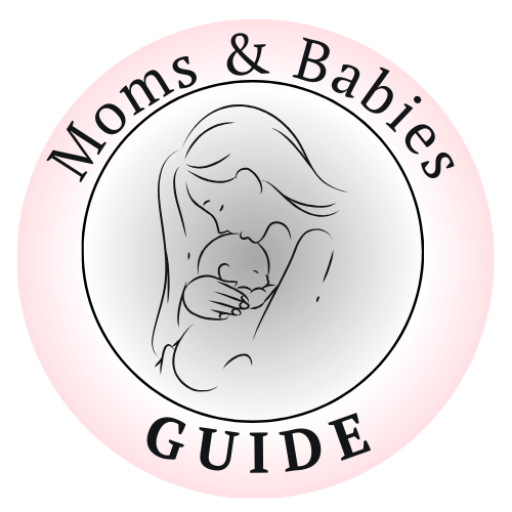Breastfeeding is one of the most natural acts of motherhood—but that doesn’t mean it comes naturally to everyone. For many new moms, it’s a journey filled with questions, trial and error, and moments of triumph.
This post covers the essential basics every new mom should know: how to get started, ensure a proper latch, establish a schedule, and work through challenges with confidence.
Why Breastfeeding Matters
Breast milk is often referred to as “liquid gold”—and for good reason. It contains the perfect balance of nutrients tailored for your baby’s development and includes antibodies that help protect against illness and infection.
Breastfeeding also:
- Encourages mother-baby bonding
- Aids uterine recovery
- Can reduce the risk of postpartum depression
- Saves time and money over formula
That said, what’s most important is that your baby is fed and your choice works for your family—judgment-free.
How to Get Started with Breastfeeding
Here are key tips to begin your breastfeeding journey on the right foot:
- Feed Early and Often: Try to breastfeed within the first hour after birth and then every 2-3 hours.
- Positioning Matters: Hold your baby belly-to-belly and use pillows to support your arms and their body.
- Watch for Feeding Cues: Signs like rooting, turning the head, and sucking motions indicate hunger—crying is a late sign.
Perfecting the Latch
One of the most important aspects of successful breastfeeding is a proper latch. Here’s how:
- Ensure the baby’s mouth covers both the nipple and areola.
- Listen for swallowing and minimal clicking sounds.
- Your baby’s chin should touch your breast, with lips flanged outward.
If breastfeeding is painful after the first few seconds, gently break the suction with your finger and try again. It may take practice—but you’ll both get there.
Setting a Feeding Schedule
In the beginning, feed on demand. Your baby’s tiny stomach empties quickly, so expect 8–12 feedings in a 24-hour period.
Tips for tracking:
- Keep a log of when and how long you feed on each side.
- Monitor wet and dirty diapers (at least 6–8 per day after the first week).
- Don’t worry about timing the feedings exactly; go with your baby’s cues.
Overcoming Common Challenges
Breastfeeding isn’t always easy, especially in the first few weeks. Some issues you might face include:
- Sore Nipples: Caused by improper latch. Use nipple cream or try nursing shields temporarily.
- Engorgement: If your breasts feel hard and painful, hand express or pump slightly before latching.
- Low Supply: Nurse more frequently, stay hydrated, and try skin-to-skin contact to encourage let-down.
If problems persist, reach out to a lactation consultant or your healthcare provider. You’re not alone.
📘 Want more breastfeeding tips and confidence-building support? Dive deeper in The Ultimate Guide for Moms and Babies — the must-have resource for every nursing mom. Learn how to troubleshoot issues, create sustainable feeding plans, and enjoy the bonding process.
When to Introduce Bottles or Pumping
Around 3–4 weeks in (after breastfeeding is well established), you can introduce a bottle using pumped milk if needed. This can help:
- Allow partners to share feedings
- Prepare for return to work
- Build a small freezer stash
Use slow-flow nipples and pace-feeding techniques to mimic the breast and avoid nipple confusion.
Mental and Emotional Support
Breastfeeding can feel emotional—joyful, frustrating, exhausting, and magical. That’s completely normal.
Be kind to yourself. Celebrate every small win. Talk to other moms or join breastfeeding support groups for solidarity and advice.
You are doing an amazing job.
Final Thoughts
Every mom’s breastfeeding journey is different—and that’s okay. Whether you nurse for one week, six months, or beyond, what matters most is that your baby is loved, nurtured, and growing.
With the right resources and support, you can breastfeed with confidence and joy.




